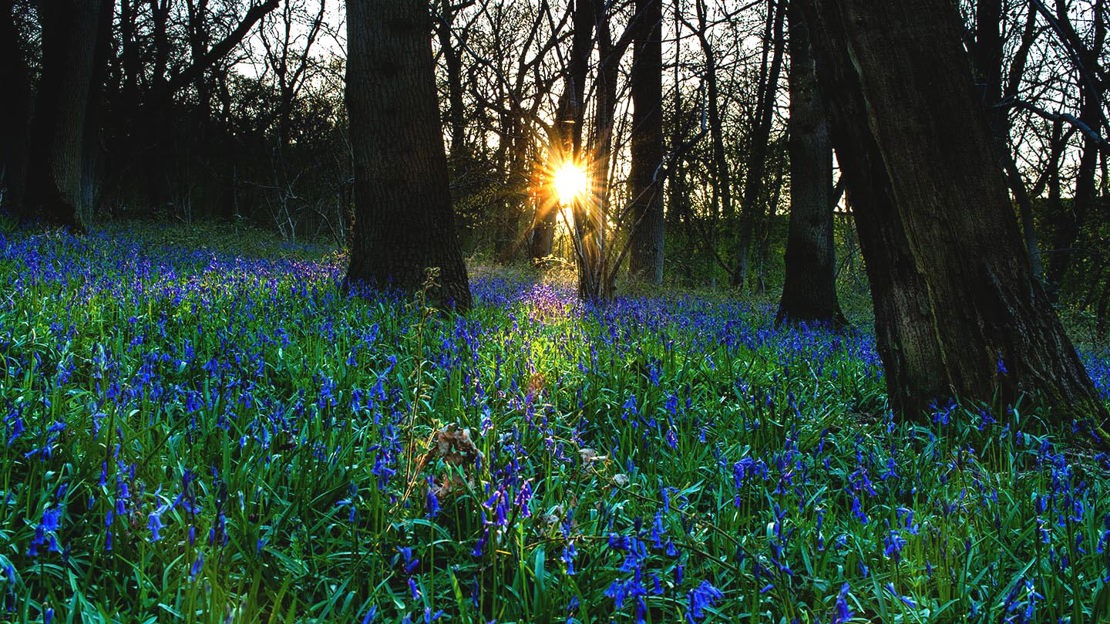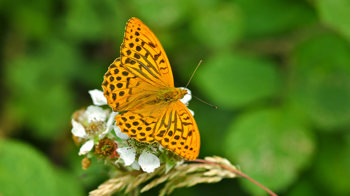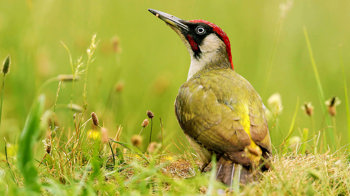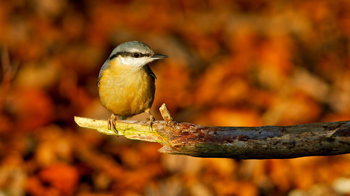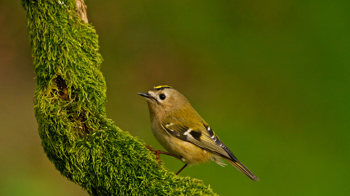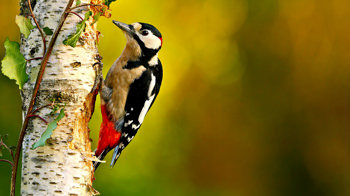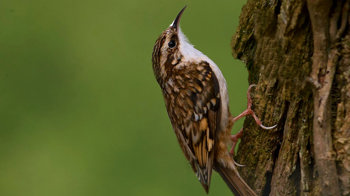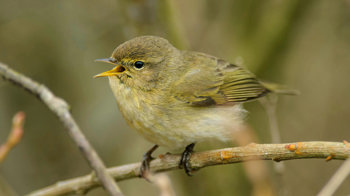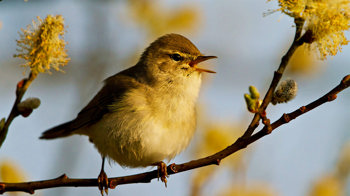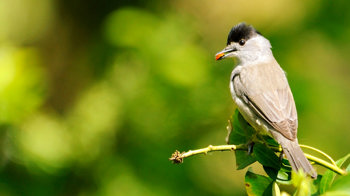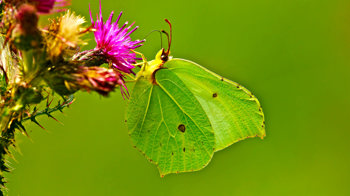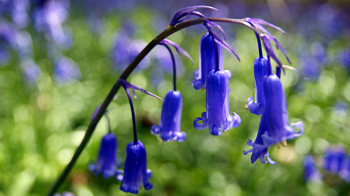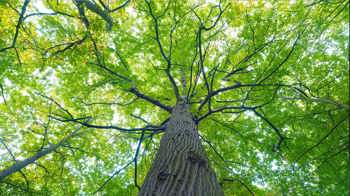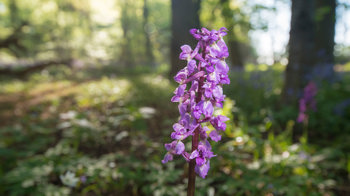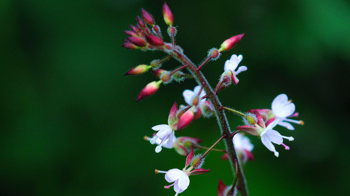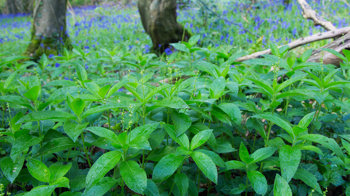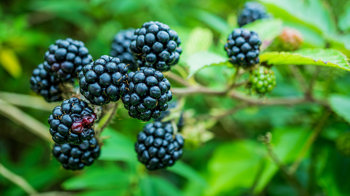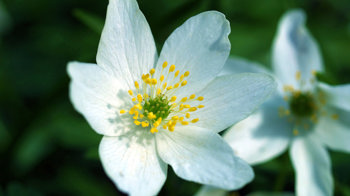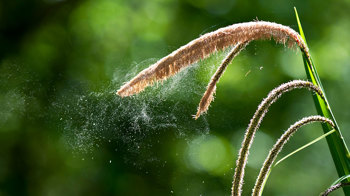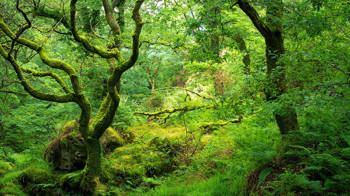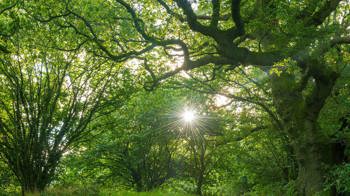Aversley Wood
Sawtry

Woodland Trust wood
A gem of ancient woodland in England’s least-wooded county, Aversley Wood is a Site of Special Scientific Interest (SSSI) which boasts breathtaking views, plentiful birdlife and a wealth of wild flowers. Visit in spring to enjoy one of the best bluebell displays in Cambridgeshire.
Features
- Parking nearby
- Public access
- Autumn colour
- Spring flowers
- Broadleaved woodland
How to get to Aversley Wood
Aversley Wood covers 61.6 hectares (152.2 acres) and lies on a prominent flat-topped ridge on the western edge of the Cambridgeshire fens, close to the village of Sawtry and the A1.
Archers Wood, also owned by the Trust, is 0.5km (0.3 miles) south of the wood.
From the A1 northbound, exit at Junction 15 onto Old North Road. Follow Old North Road, taking the second exit at the first roundabout and the second exit at the second roundabout onto St Andrew’s Way, which crosses over the motorway. At the next roundabout, take the first exit to Fen Lane, then at the following roundabout take the third exit and continue along Green End Road before turning left into St Judith’s Lane.
From the south, leave the A1 at Junction 15. At the roundabout, take the second exit and continue along Green End Road before turning left into St Judith’s Lane.
Once you’ve entered St Judith’s Lane, you will reach a small car park on the left hand side next to the village playing field. From the car park follow the public footpath up the hill and past the allotment gardens. Keep going uphill until you reach the entrance to the wood.
The nearest train stations are Peterborough, 18km (11 miles) from the wood, or Huntingdon, 19km (12 miles) from the wood.
Visit National Rail for more information.
The closest bus stop is on Green End Road in Sawtry. The 46 service from Sawtry to Peterborough stops here.
Visit Traveline for more information.
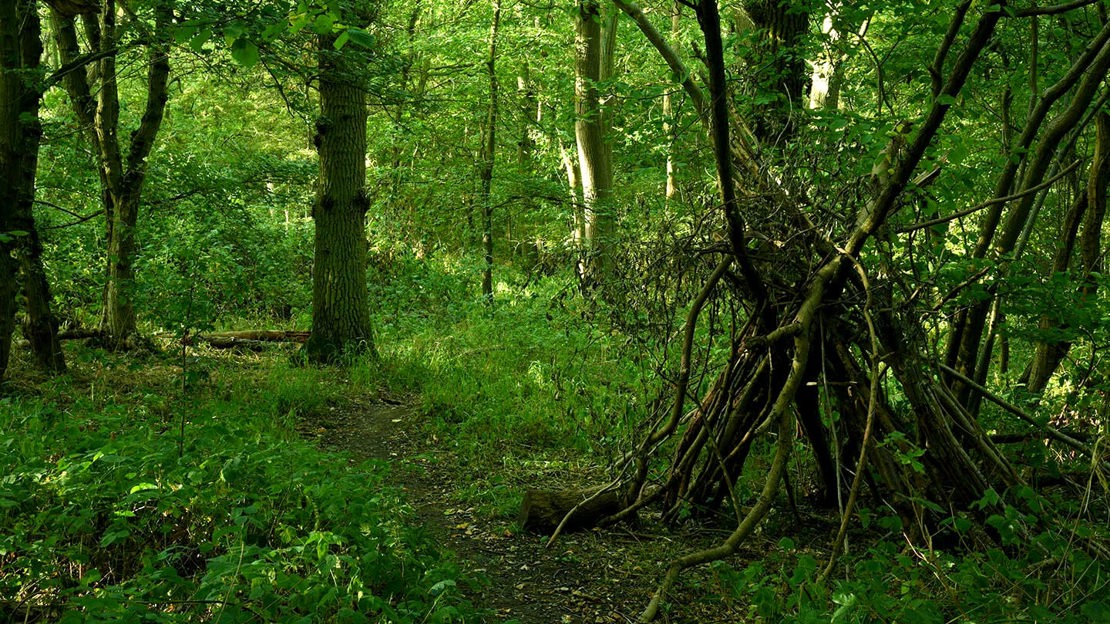
Facilities and access
The wood is a 20-minute walk along a grassy path from the St Judith’s Lane car park in Sawtry.
The site has a path network of over 5.5km (3.5 miles), which includes routes in the wood and along a public footpath adjoining the southern boundary. Paths are unsurfaced and can become very muddy and slippery during periods of heavy rain or during the winter months.
Slopes can be steep in places.
There is a car park available at St Judith’s Lane in Sawtry, with space for around 10 cars.
There are no public toilets near the woods. Customers of the pubs nearby can use their facilities.
Wildlife and habitats
Animals
With over 37 bird species, at least 12 butterfly species and a colony of great crested newts, Aversley Wood is brilliant for wildlife lovers.
Look out for:
Trees, plants and fungi
Considered to be the best bluebell wood in Cambridgeshire, Aversley Wood is a great place to experience the springtime display. Look out for the restored pond with water plants, lush ground flora, ancient trees and variety of cap and bracket fungi. Over 130 plant species have been recorded here.
Look out for:
Habitats
This Site of Special Scientific Interest is ancient broadleaved woodland, featuring many mature and ancient trees.
Explore:
We acquired the site in 1979. It was designated a Site of Special Scientific Interest in 1983 due to its ancient woodland status.
About Aversley Wood
History
Much of Aversley Wood is ancient, having been woodland since before the middle ages, and some areas since the last Ice Age. It was once part of a 27km (17-mile) woodland belt and is mentioned in the Domesday Book. The wood is partially surrounded by a woodbank, believed to be a medieval boundary.
Historical features
Around 20 hectares (50 acres) of the southern section of the wood lie on a well-defined ridge and furrow landscape, created by a method of medieval ploughing. The ridges vary in size, from 6-11 metres wide and 130-300 metres long and are rarely visible in Cambridgeshire.
The fields are thought to date from around 1350 and are likely to have been abandoned when the Black Death reduced the population.
The present wood boundary dates from 1768, and most of the path system from 1887. There is some evidence of shallow mineral workings in the south-west corner. This is next to the ancient trackway, the Bullock Road, which was a major route until the 18th century.
The pond, formed by damming, is thought to date from the late Victorian period and was restored in 2006.
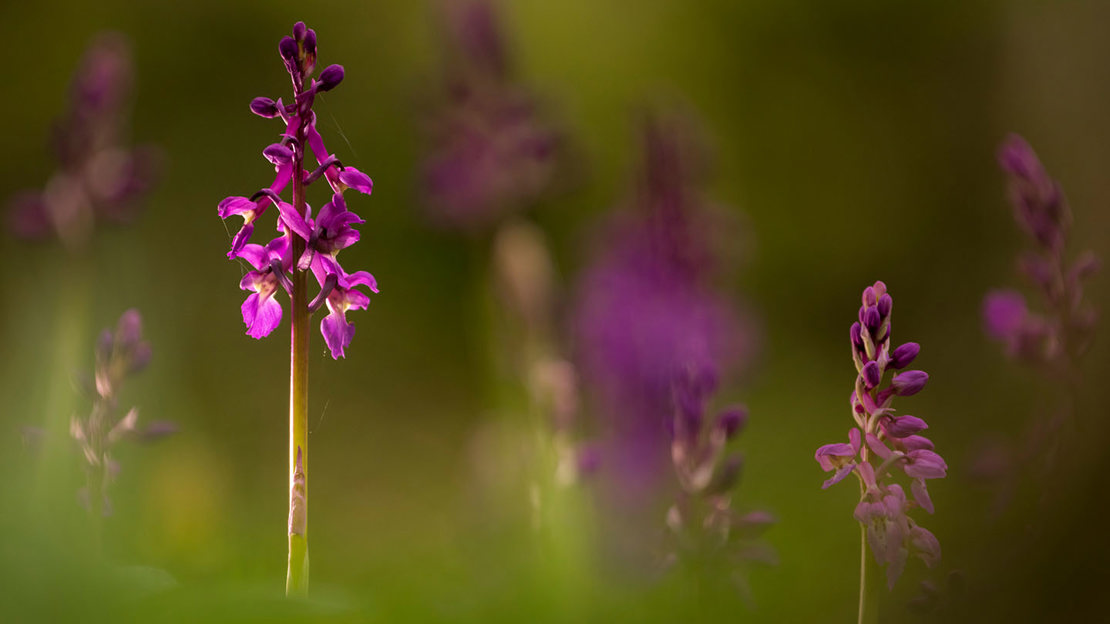
A lasting legacy
This wood is just one of many to have been protected by gifts in wills, securing it for generations to come. Your legacy gift could also make a real difference to woods, trees and wildlife.
Learn what your gift could mean



